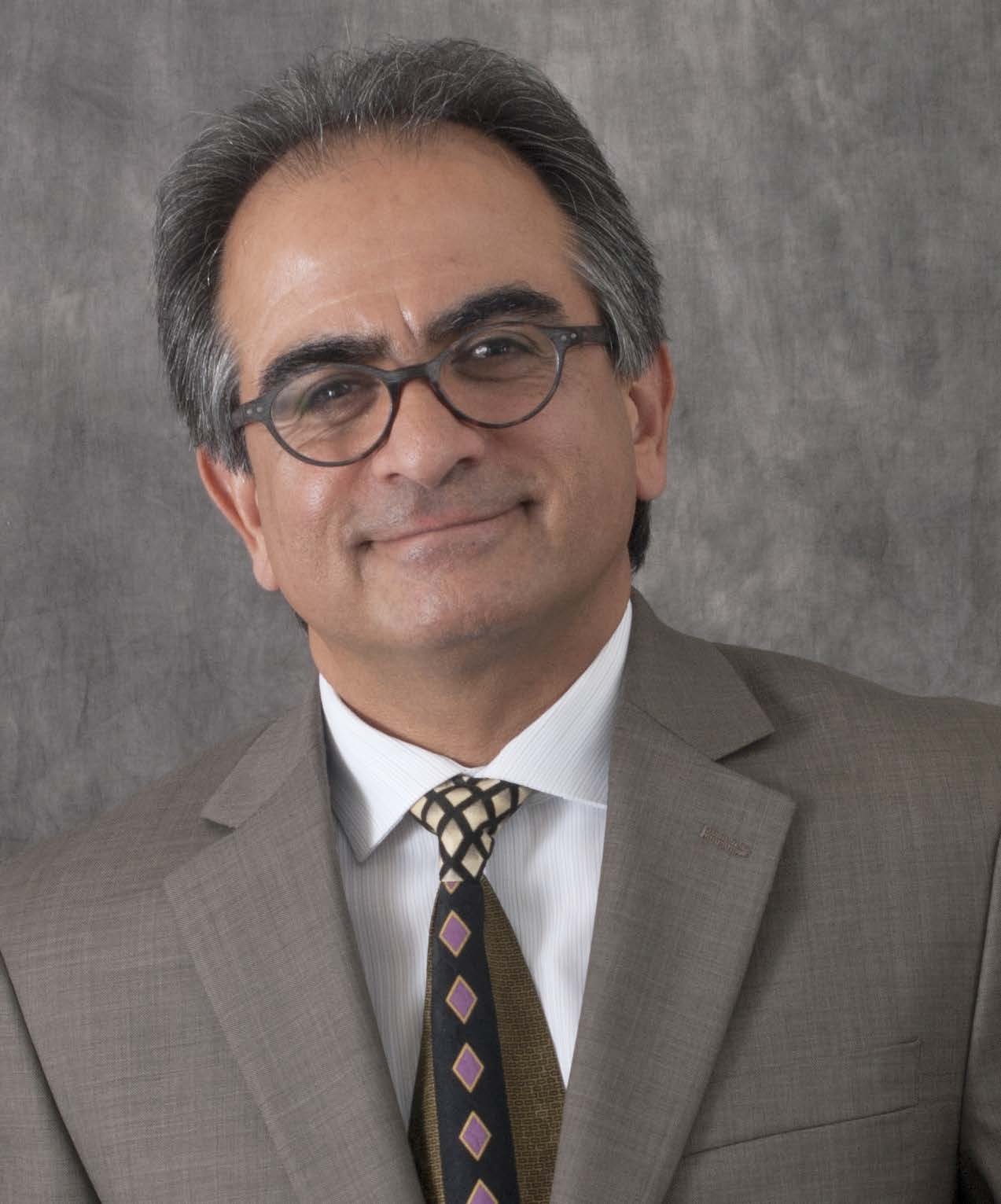Reza Zoughi
Schlumberger Distinguished Professor
Electrical and Computer Engineering Department
Applied Microwave Nondestructive Testing Laboratory (amntl)
Missouri University of Science & Technology (S&T)
Rolla, MO 64509, USA
[email protected]
May 23, 16:00 - 18:00
DET V Floor
Abstract
The impact that high-quality journal publication has on advancing science, technology and authors’ careers is well documented. Journal publishing has evolved significantly in the past two decades, as various benchmarks have been designed to designate “quality” or degree of “impact” to a given journal. Other metrics have been developed to better indicate the impact of an author’s publications. All of these have resulted in an amazing increase in the number of submitted papers and the sprouting of many journals in a given field. Many articles have been written on these issues and more will be surely written as a result of other requirements such as open-access.
Successful publication of a journal paper, in particular in a “reputable” and “high-quality” journal, starts from before an author decides to compile thoughts, ideas and results into the form of a paper. This involves deciding on the proper, most effective and relevant publications venue; having the knowledge of (and experience) how to compile the content that goes into the paper; having a clear knowledge of the publications guidelines and rules for the chosen venue; etc. Writing a journal paper requires much more than a step-by-step write-up of what was done technically. First, the choice of the journal in which to publish is critically important since the technical focus of the paper must be within the technical focus of the journal. In addition, effective journal paper writing requires many implicit and explicit issues to consider. Established publications rules related to highlighting the novelty of the work, proper citation of already-published works related to the subject matter and published in journals in the same field, properly giving credit to previouslypublished materials, and many more such rules must be meticulously and methodically followed. In some cases, such as preparing a technically-extended journal paper, based on a conference proceedings paper (for example the IEEE Transactions on Instrumentation and Measurement Special Issue of the I2MTC 2016), unique and specific rules must be adhered to as well. This tutorial aims to discuss and highlight all of these issues and provide a road-map for those who may be relatively new to the journal publication realm, or could use this information in future journal paper preparation.
Presenter Bio

R. Zoughi received his B.S.E.E, M.S.E.E, and Ph.D. degrees in electrical engineering (radar remote sensing, radar systems, and microwaves) from the University of Kansas where from 1981 until 1987 he was at the Radar Systems and Remote Sensing Laboratory (RSL). Currently he is the Schlumberger Endowed Professor of Electrical and Computer Engineering at Missouri University of Science and Technology (Missouri S&T), formerly University of Missouri-Rolla (UMR). Prior to joining Missouri S&T in January 2001 and since 1987 he was with the Electrical and Computer Engineering Department at Colorado State University (CSU), where he was a professor and established the Applied Microwave Nondestructive Testing Laboratory (amntl). Dr. Zoughi held the position of Business Challenge Endowed Professor of Electrical and Computer Engineering from 1995 to 1997 while at CSU.
He is the co-author of over 585 journal papers, conference proceedings and presentations and technical reports. He is the author of a textbook entitled “Microwave Nondestructive Testing and Evaluation Principles” KLUWER Academic Publishers, 2000, and the co-author of a chapter on Microwave Techniques in the book entitled “Nondestructive Evaluation: Theory, Techniques, and Applications” Marcel and Dekker, Inc., 2002.
He has been the recipient of numerous teaching awards both at CSU and Missouri S&T. He is the recipient of the 2007 IEEE Instrumentation and Measurement Society Distinguished Service Award, the 2009 American Society for Nondestructive Testing (ASNT) Research Award for Sustained Excellence and the 2011 IEEE Joseph F. Keithley Award in Instrumentation and Measurement.
He has eighteen patents to his credit all in the field of microwave nondestructive testing and evaluation. He is also a Fellow of the Institute of Electrical and Electronics Engineers (IEEE) and a Fellow of the American Society for Nondestructive Testing (ASNT).
He is an at-large member of the IEEE Publications Services and Products Board (PSPB) for 2016-2018. In 2015 he served as a member of the IEEE Technical Activities Board (TAB) Products and Services Committee (PSPB). In 2014-2015 he served as the IEEE Instrumentation and Measurement (I&M) Society President. He served as a Distinguished Lecturer for the IEEE I&M Society (2010-2013 and 2014-2017), was a two-term at-large AdCom member of the Society and served in several capacities including the Vice President for Education (for two years). He also served the Society in the capacity of Executive Vice President (2012-2013), and as the Editor-in-Chief of the IEEE Transactions on Instrumentation and Measurement (TIM) from 2007 through 2011. He is a Technical Associate Editor for Materials Evaluation and the IEEE Transactions on Instrumentation and Measurement. He was the General Co-Chair of the IEEE International Instrumentation and Measurement Technology Conference (I2MTC) that was held in May 6-9 2013 in Minneapolis, MN.


